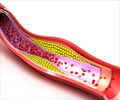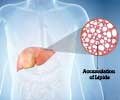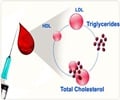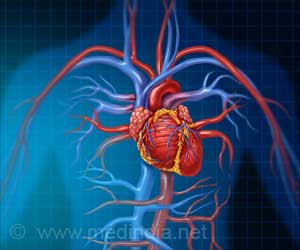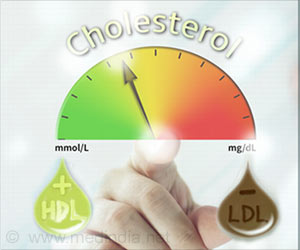Lipid species could serve as signatures or biomarkers that will replace the invasive tissue biopsies currently used to diagnose diseases such as NAFLD.

TOP INSIGHT
Lipid species could serve as signatures or biomarkers that will replace the invasive tissue biopsies currently used to diagnose diseases such as NAFLD.
Because of this, it is very difficult to study either the physiological function of a vast majority of lipid species or the way they are so precisely regulated in cells. But while lipidomics technologies are progressing, translating their findings into medical applications and introducing them into clinical laboratories is still a considerable challenge.
This is the challenge that the team of Johan Auwerx at EPFL, in collaboration with Dave Pagliarini's group at the University of Wisconsin-Madison took on by measuring almost 150 lipid species in the blood and liver of mice. They also followed this up by identifying the genetic regulators of each lipid species as well as their physiological functions.
The researchers used systems genetics approaches to combine the lipidomics data with other "omics" datasets (phenomics, proteomics, transcriptomics) from this population of mice (so-called BXD). The approach identified plasma and blood lipid species from different lipid classes as signatures of healthy or unhealthy metabolic states.
For example, the scientists demonstrated seven plasma triglyceride species as signatures of healthy or fatty liver and non-alcoholic fatty liver disease (NAFLD). Their observation was validated in an independent dietary and therapeutic model of NAFLD in mice and in plasma from patients with NAFLD.
In both papers, the researchers pinpoint several genetic locations that may regulate the production of lipid species. By comparing the genetic data from the BXD mouse population to data from so-called genome-wide association studies of lipid-related disorders in humans, they were able to identify common genes between mice and humans that regulate lipids.
Source-Eurekalert
 MEDINDIA
MEDINDIA

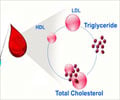


 Email
Email
